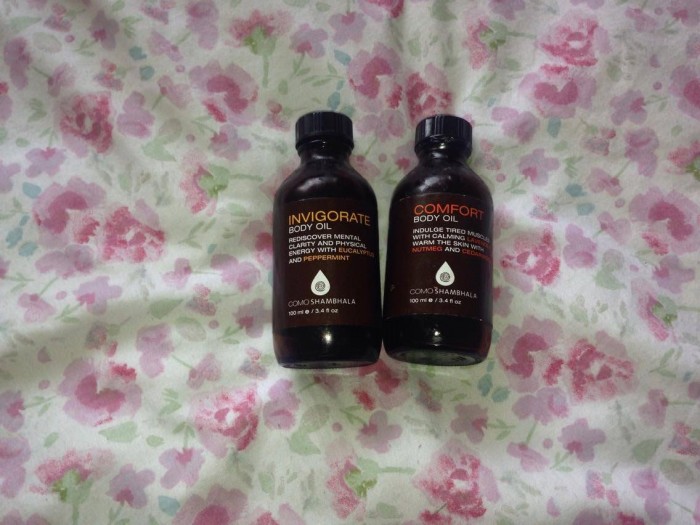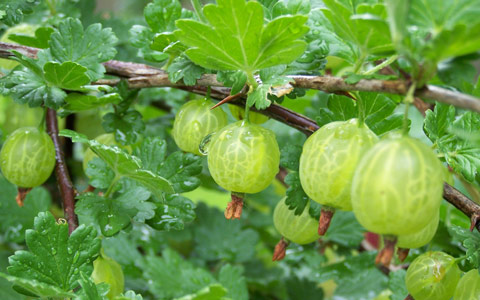Your Body Your Temple; Your Mind Your Sanctuary.
Amma has a back problem that she has had for a very long time owing to an accident at work a few years back. She has been to India twice for treatment in Kerala at an Ayurvedic stay-in location. This has given better positive results when compared to our NHS; the reasons are irrelevant. Fact is, it comes down to herbal remedies over corporate drug remedies any day if operations are not required. And, this is where body oils specialised by Como Shambhala comes in. I was shopping online one day and came across these oils. I did a few research about Como Shambhala and thought I have to give this a try – so glad I did!
Como Shambhala is a chain of hotels, resorts, and retreat centres. Their mantra advocates for proactive holistic wellness, combining modern science with ancient healing. They follow a philosophy with inspiration stemming from mythological roots; in ancient Buddhist texts ‘Shambhala’ refers to a sacred place of serenity and bliss.
The first centre was started in the private island of Turks and Caicos in a place called Parrot Cay. The owner, Mrs Christina Ong, has successfully developed the brand in which the company now owns 8 retreats and 5 urban escape sanctuaries across Asia, Europe, and America – the most popular one being the Como Shambhala Estate in Bali, Indonesia. Looking at the pictures below is no wonder it is the most popular one! (definitely have to take Amma one day!).
They also have two branches in COMO Metropolitan London (Mayfair) and COMO The Halkin London (Belgravia) with prices ranging between £200 – £700 per night depending on time of season. The Estate in Bali is also around the same price mark.
COMO Metropolitan London (Mayfair):
COMO The Halkin London (Belgravia):
The Body Oils
Aside from oils, they also specialise in body care (lotions, shower gels, scrubs, bath salt, bath milk, hand wash, and soaps), hair care (shampoo and conditioners), and clothing which are targeted for active living such as yoga wear, bags, hats, and shoes.
Their specialisation resides in aromatherapy. Aromatherapy is:
the practice of using natural oils extracted form flowers, bark, stems, leaves, roots or other parts of a plant to enhance psychological and physical well-being.
The inhaled aroma from these “essential” oils is widely believed to stimulate brain function. Essential oils can also be absorbed through the skin, where they travel through the bloodstream and can promote whole-body healing.
This is the unsurprisingly the best part: the oils produced by Como Shambhala are free from harmful substances. Sodium Laurel Sulphate, parabens, silicones, and synthetic substances including artificial colour and fragrance are no where near these divine products. The oils that you can buy online are the same oils as used at their retreat centres which varies from blended essential oils, massage oils, body oils, and balms.

I got mine from Beauty Bay which retails around £12.00 for 50ml and £15-£18 for 100ml. Amma loves these so much that it is now a routine that I massage her back with these oils every night when she goes to sleep. She explains it creates a warm feeling which although is massaged onto one spot can be felt all over the body. Her back muscles relieve tension making her to relax and sleep easier. Although, it contains no added fragrance the natural aroma of the oils mixed are so sensual. Each aroma is appropriate for what the oil is intended to do: Invigorate (feel refreshed and ready) which contains eucalyptus and peppermint, calm (relieve mental stress and relax) which contains lavender and thyme, comfort (relieve physical tension and relax) which contains lavender, nutmeg and cedarwood. These three are the most popular kinds while they also have other focuses such as shelter, harmony, and purify.
All oils claiming to possess the essence of peace may seem to all contain the same thing and so sound very monotone where no one brand is truly standing out. This, however, I believe to be unique. Try it and let me know how you found it!




































